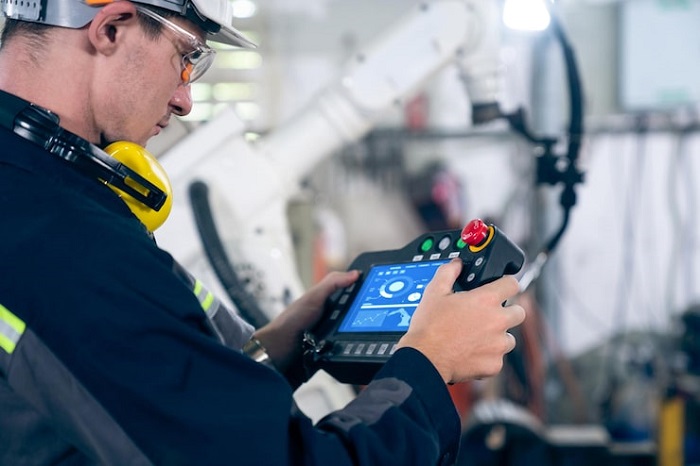In today’s fast-paced industrial and manufacturing environment, ensuring that machinery and equipment operate efficiently is more important than ever. Unexpected breakdowns not only disrupt production but also lead to significant financial losses. This is where equipment maintenance monitoring becomes a crucial part of modern operations. By regularly tracking and assessing the health of your machinery, businesses can prevent downtime, reduce repair costs, and extend the life of their equipment.
Why Equipment Maintenance Monitoring Matters
Equipment, whether in factories, warehouses, or construction sites, undergoes wear and tear over time. Without proper monitoring, small issues can escalate into major problems. For example, a minor vibration in a motor may seem harmless at first but could eventually lead to a complete motor failure if ignored. Equipment maintenance monitoring helps identify such anomalies early, enabling proactive maintenance before they affect operations.
Moreover, regulatory compliance in many industries requires companies to maintain records of equipment performance and maintenance. Monitoring ensures that businesses stay compliant while maintaining a safe and efficient work environment.
Key Components of Effective Monitoring
Scheduled Inspections: Regularly inspecting machinery for signs of wear, leaks, or unusual noises helps catch problems early. Scheduled inspections are the foundation of any maintenance monitoring program.
Condition-Based Monitoring: This involves using sensors and diagnostic tools to track parameters like temperature, vibration, pressure, and lubrication. Condition-based monitoring allows businesses to detect abnormal performance patterns before they escalate.
Predictive Maintenance: By analyzing historical data and using predictive algorithms, companies can forecast when equipment is likely to fail. Predictive maintenance minimizes downtime and maximizes equipment lifespan.
Maintenance Records: Keeping detailed records of maintenance activities ensures that equipment history is available for review. These records also help identify recurring issues and optimize maintenance schedules.
Benefits of Equipment Maintenance Monitoring
Implementing a strong monitoring program brings numerous advantages:
Reduced Downtime: Early detection of issues prevents sudden equipment failures that halt production.
Cost Savings: Timely maintenance avoids expensive repairs and extends equipment life.
Improved Safety: Monitoring ensures machines are operating safely, reducing the risk of accidents.
Enhanced Efficiency: Equipment runs optimally, leading to consistent performance and productivity.
Better Decision Making: Access to accurate performance data helps managers make informed maintenance and investment decisions.
Technology and Tools for Monitoring
Modern technology has revolutionized how businesses approach equipment maintenance monitoring. IoT-enabled sensors, cloud-based monitoring platforms, and AI-driven analytics allow real-time tracking of equipment conditions. These tools provide actionable insights, enabling maintenance teams to respond quickly to any anomalies.
For example, vibration sensors can detect imbalances or misalignments in motors, while temperature sensors can identify overheating issues. Combined with software dashboards, these technologies give a complete picture of equipment health, empowering teams to act proactively rather than reactively.
Conclusion
Incorporating effective equipment maintenance monitoring into your operations is no longer optional; it’s a necessity for businesses aiming for optimal performance and longevity of their machinery. By embracing regular inspections, condition-based tracking, predictive maintenance, and modern monitoring technologies, companies can significantly reduce downtime, improve safety, and save costs.
For organizations seeking reliable solutions to enhance equipment performance, Semeq provides state-of-the-art monitoring systems and expert support to ensure your machinery operates at its best, every single day.




